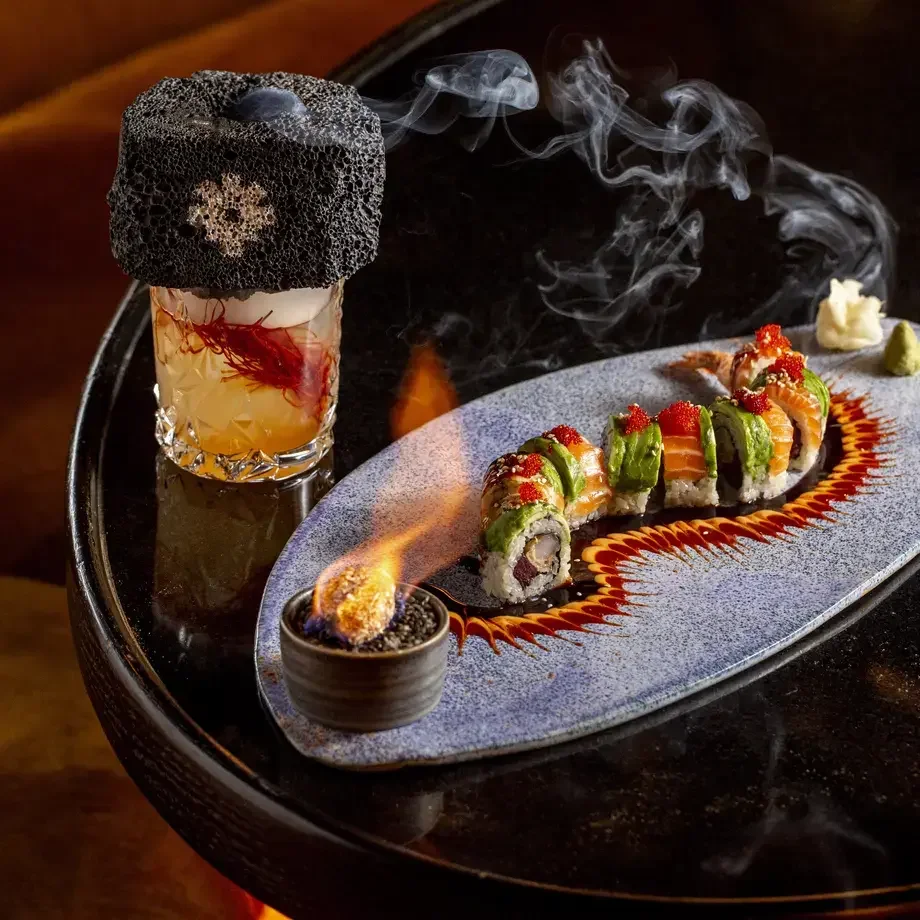When most people think of world cuisine, the chances are that their thoughts will naturally turn to Italian pasta, Japanese ramen, a Thai or Indian curry, or a Moroccan tagine. But there are plenty of tasty dishes that might not immediately spring to mind - and some of them are just across the northern border of the United States.
Canadian cuisine has a variety of influences, including indigenous, English, Scottish and French cuisine, with different parts of the country being influenced more by some than others. English Canada is more heavily influenced by British cuisine, while French Canadian cuisine evolved from 16th century French cooking adapted to a tough pioneer lifestyle.
A large country, with plentiful lakes and rivers, Canada has plenty of meat and fish, which features in many of its signature dishes. So too does maple syrup, the country’s national symbol. The Canadians also make some great Christmas recipes - take a look at these seven classic Canadian Christmas recipes to find out more.













